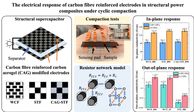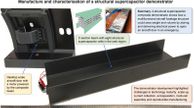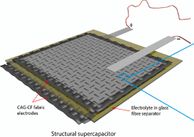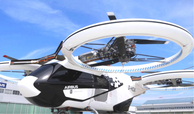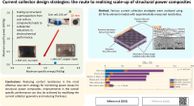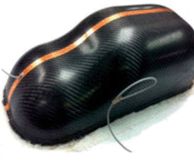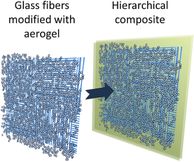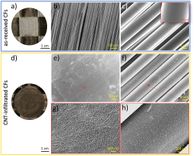BibTex format
@article{Nguyen:2021:10.2514/1.C036205,
author = {Nguyen, S and Millereux, A and Pouyat, A and Greenhalgh, E and Shaffer, M and Kucernak, A and Linde, P},
doi = {10.2514/1.C036205},
journal = {Journal of Aircraft: devoted to aeronautical science and technology},
pages = {677--687},
title = {Conceptual multifunctional design, feasibility and requirements for structural power in aircraft cabins},
url = {http://dx.doi.org/10.2514/1.C036205},
volume = {58},
year = {2021}
}
